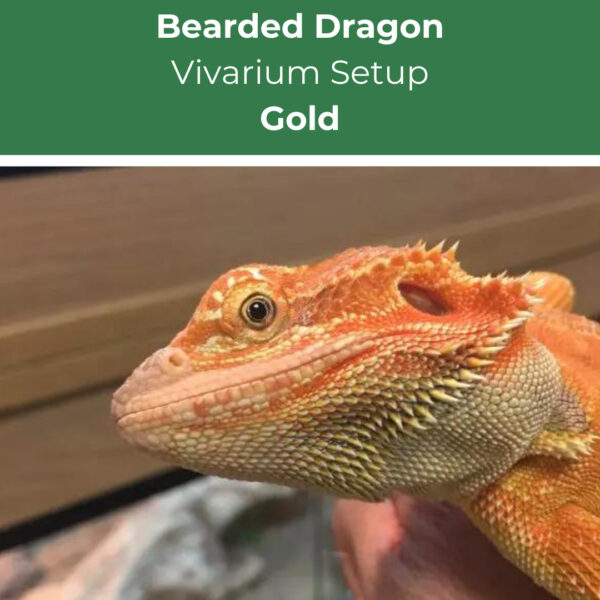Featured products
-

Bearded Dragon Vivarium Setup – Gold
From:£648.61Original price was: £648.61.£550.31Current price is: £550.31. Select options -
Sale!


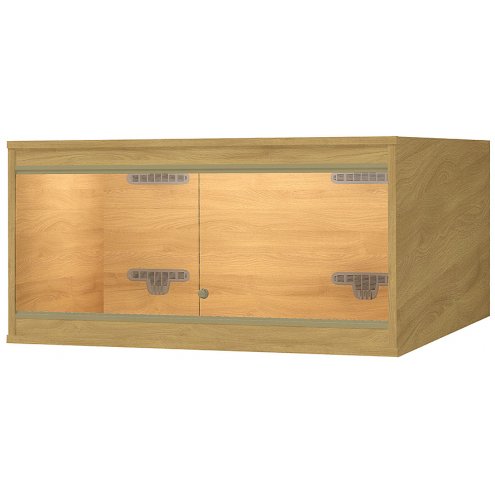
Vivexotic Repti-Home AAL Bearded Dragon Vivarium
£285.99Original price was: £285.99.£199.99Current price is: £199.99. Select options This product has multiple variants. The options may be chosen on the product page -


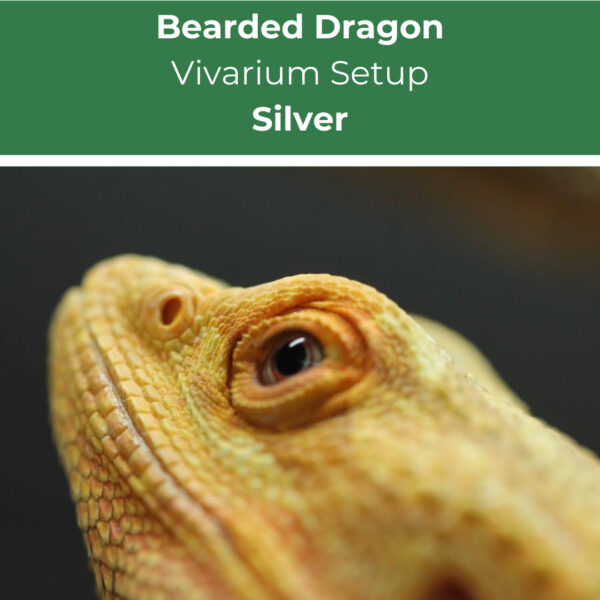
Bearded Dragon Vivarium Setup – Silver
From:£547.15Original price was: £547.15.£452.35Current price is: £452.35. Select options -


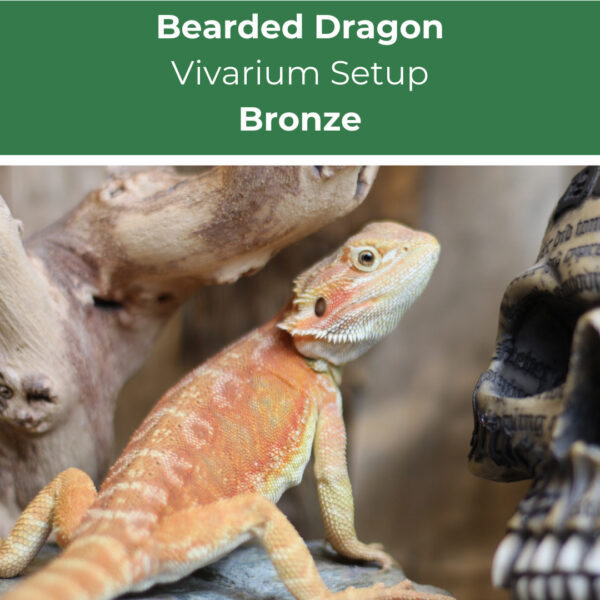
Bearded Dragon Vivarium Setup – Bronze
From:£469.85Original price was: £469.85.£369.35Current price is: £369.35. Select options -
Sale!


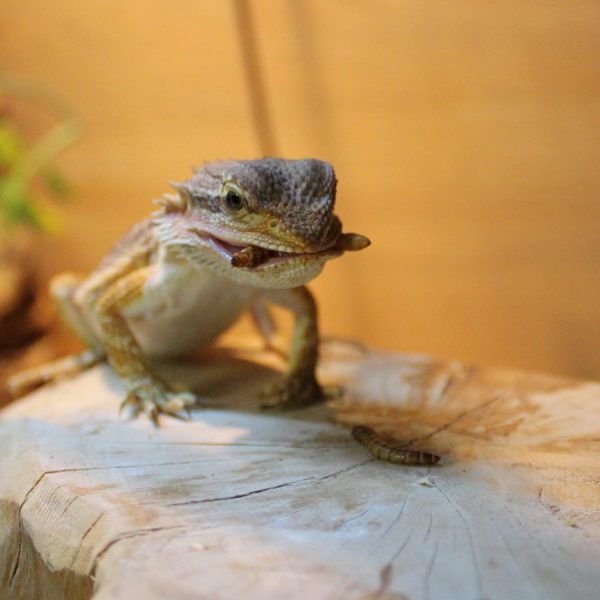
Bearded Dragon Food Bundle – 9 to 18 Months
From:£7.17Original price was: £7.17.£6.81Current price is: £6.81. Select options

